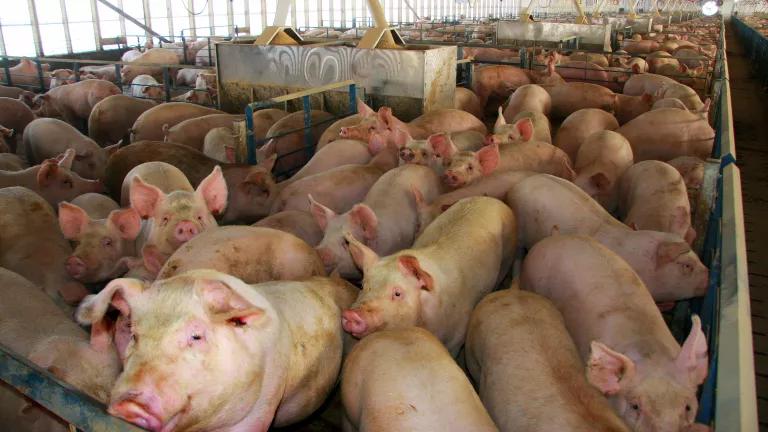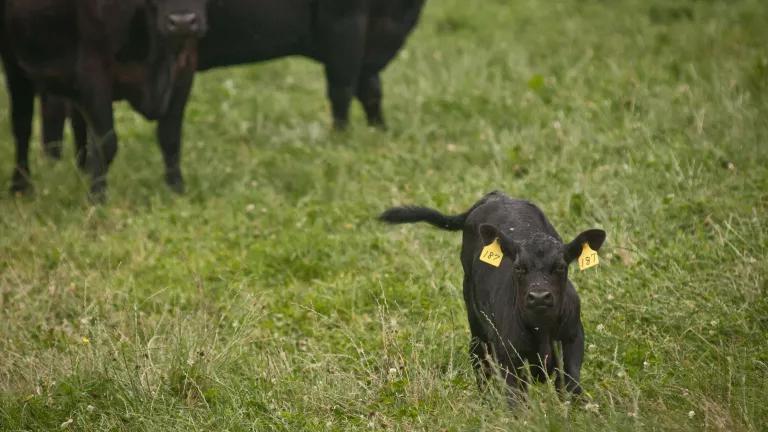
"The greater the volume of antibiotics used, the greater the chances that antibiotic-resistant populations of bacteria will prevail..." CDDEP, The State of the World's Antibiotics, 2015
It's an easy concept to understand - the more we use antibiotics, the more likely we are to see antibiotic resistant bacteria develop and spread. The new report co-authored by Ramanan Laxminarayan, CDDEP Director and others at Center for Disease Dynamics, Economics & Policy is chock full of sobering global statistics and science that all point to the fact that we're overusing our antibiotics and it will only get worse unless we put policies into place that rein in use. The authors even suggest that a shift in focus away from antibiotic development is needed in light of the likelihood that, like current antibiotics, new antibiotics would be misused as well. The focus should instead be on keeping our current (and any future) antibiotics working.
Here are some report highlights:
What does the report say about antibiotic use in the US?
- In human medicine, the United Stated leads in per capita consumption of antibiotics.
- In animal agriculture, the United States is estimated to be second only to China in its consumption of antibiotics.
What does the report say about science?
The CDDEP report isn't silent on the science and also goes into detail on how antibiotic use in livestock can affect humans. The authors discuss the ample evidence on how antibiotic-resistant bacteria can be transmitted to workers and how antibiotic resistant bacteria enter the food chain. Importantly, the authors also state that antibiotic resistance is not limited to a single bacterial species, which means that resistance can be shared between different bacteria and spread to the greater environment. (Scientists agree that this last piece is the most difficult to quantify and are working on better methods to track resistance.)
Based on these data and the science, the United States should take a leading role in setting concrete goals and guidelines that other countries can follow. The CDDEP report lays out some good recommendations to phase out growth promotion and curtail disease prevention uses in animal agriculture, which have been successfully implemented in other countries as mentioned in the report. While at the federal level, we haven't seen leadership that ensures the safeguarding of medically important antibiotics used in animal agriculture, the California legislature has sent a bill (SB 27) to the Governor that puts all medically important antibiotics under veterinary oversight, begins to track use more widely, and curtails regular uses of antibiotics. On the eve of another report calling for action to reduce antibiotic use, California is set to take some important and necessary first steps to meaningfully address antibiotic resistance and to protect public health.


